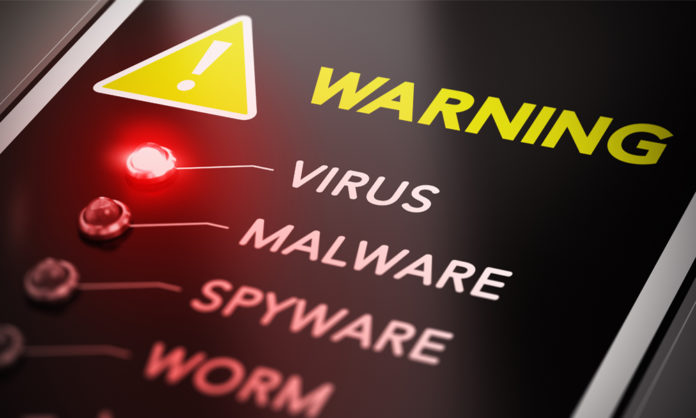

Microsoft and SCO have together offered more than $650,000 in rewards for information leading to the arrest and prosecution of Mydoom's creators.īrad Smith, senior vice president and general counsel at Microsoft, says the worm is "a criminal attack". Some experts see the attacks against Microsoft and SCO as a diversion aimed at hiding the real goal - to create email relays that can be re-sold to the spam industry.Ĭlusif Clusif, a group of information technology security systems, says the SoBig virus of last year "turned out to be piloted by members of organised crime which now use tools in a coordinated way created by spammers, virus instigators and hackers to spread their operations". Virus programmers from other countries could have registered an email address in Russia and transmitted their harmful programs via it." "But there is a still a 20 per cent chance that this was an attempt to mislead. "This detected that the first emails infected by the worm came from Russian providers.
#RUSSIAN WORM VIRUS SOFTWARE#
"We have special software to monitor Internet traffic across the world," Mr Zenkin said. Kaspersky spokesman Denis Zenkin says Russia is 80 per cent likely to be the origin of the Mydoom worm. The Russian security firm Kaspersky Labs says it has traced the first emails infected with Mydoom to addresses with Russian Internet providers. The original Mydoom bug is still propagating worldwide, along with a variant called Mydoom.B that some say could be more dangerous but may not be spreading as quickly. With $650,000 in reward as a lure, computer users and security experts are scrambling to curb the spread of Mydoom, amid concerns of serious after-effects from the world's worst Internet epidemic. Related: U.S.An anti-virus firm says the latest damaging Internet worm, Mydoom, almost certainly originated in Russia and could be an attempt to distribute unsolicited email.
#RUSSIAN WORM VIRUS FULL#
Related: Anatomy of Ryuk Attack: 29 Hours From Initial Email to Full Compromise The French agency also notes that the identified sample does not appear to include a mechanism for blocking its execution, meaning that the same device could be re-infected over and over again.
#RUSSIAN WORM VIRUS WINDOWS#
Once launched, it will thus spread itself on every reachable machine on which Windows RPC accesses are possible,” ANSSI explains. “Through the use of scheduled tasks, the malware propagates itself - machine to machine - within the Windows domain. To propagate to other machines, the ransomware copies the executable on identified network shares with a rep.exe or lan.exe suffix, after which it creates a scheduled task on the remote machine. The newly identified version of Ryuk has all of the functions typically found within the ransomware, with the ability to replicate itself over the local network added on top. RYK extension to the encrypted files, can turn on workstations using the Wake-on-LAN feature, and destroys all shadow copies to prevent data recovery. Ryuk uses a combination of symmetric (AES) and asymmetric (RSA) algorithms for encryption, kills specific processes on the infected system, appends the. The ransomware has long relied on the use of other malware for the initial deployment and did not show signs of worm-like capabilities before, although it was able to encrypt data on network shares and removable drives. In a recently published report, the French National Agency for the Security of Information Systems (ANSSI) said that it identified one Ryuk sample that could spread automatically within infected networks earlier this year.

Sometimes also distributed through Emotet, Ryuk has been heavily reliant on BazarLoader for distribution since September 2020, with phishing emails used as the attack vector.

However, the ransomware’s operations have continued even after a TrickBot takedown attempt by Microsoft and other organizations. Ryuk has long been associated with the TrickBot malware, supposedly being operated by the same gang. In early 2021, security researchers identified a variant of the infamous Ryuk ransomware that is capable of lateral movement within the infected networks.Īctive since at least 2018 and believed to be operated by Russian cyber-criminals, the Ryuk ransomware has been involved in numerous high-profile attacks and researchers estimate the enterprise is worth $150 million.


 0 kommentar(er)
0 kommentar(er)
